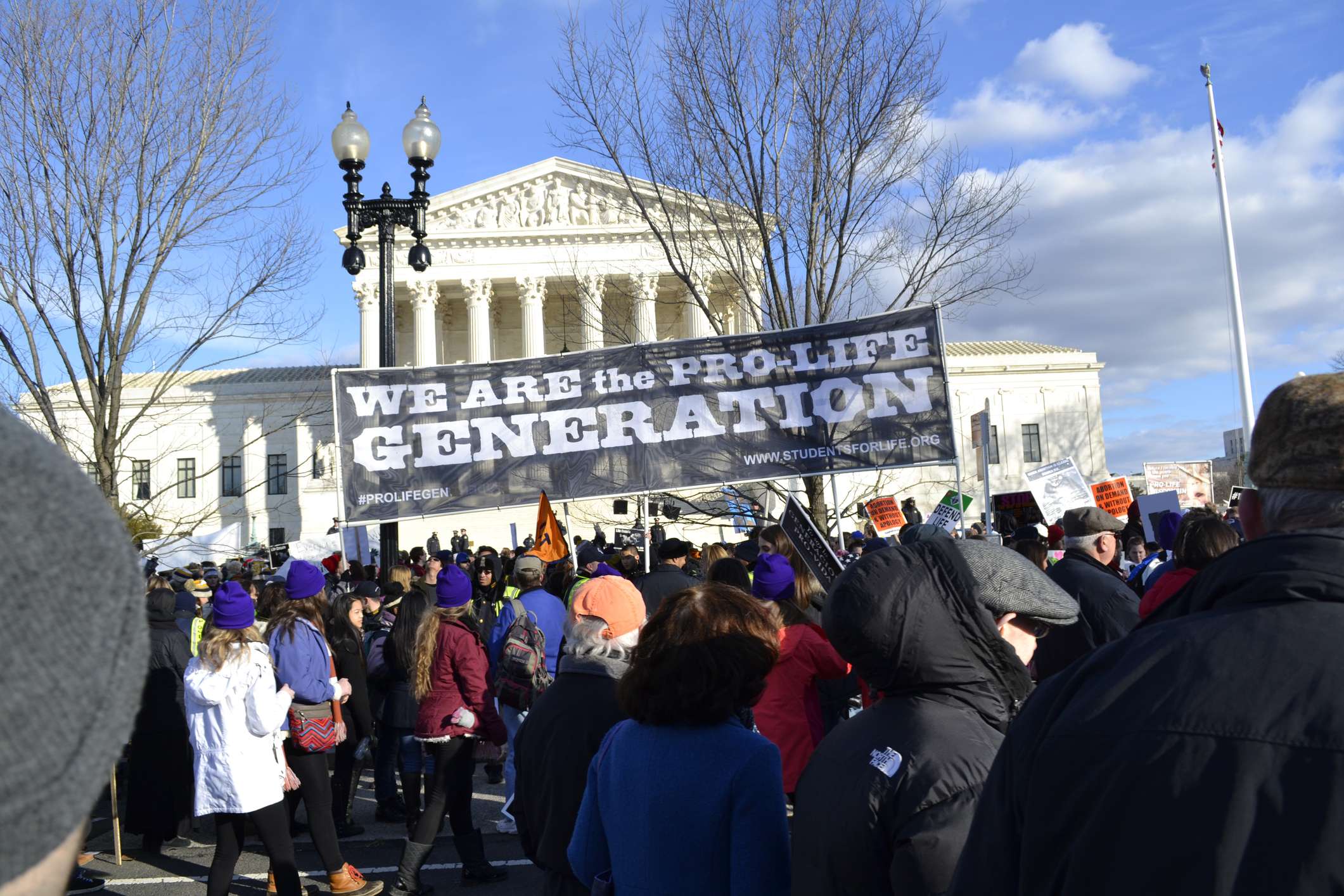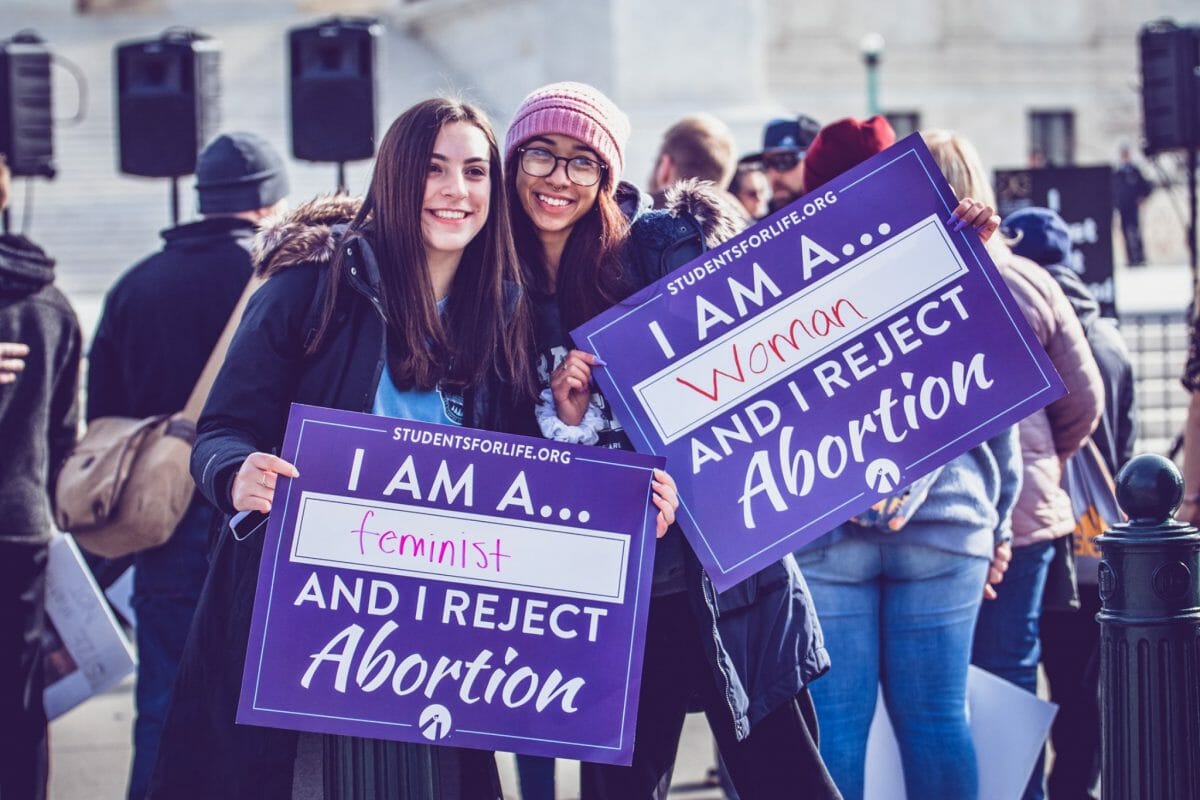

GUEST POST: For the past half-century, the so-called “right” to kill preborn babies has become synonymous with feminism. Abortion was not always part of feminism, and it need not be now. How did feminism become captive to the horrific idea that women’s success requires ending the lives of their children?
The origins of feminism included opposition to abortion. Beginning with the Seneca Falls Convention in 1848, the focus of feminism was women’s suffrage. With suffrage came the possibility of property rights for women, the ability for women to earn an income, and the ability for women to participate in civil society. These are principles that most women in the present day see as nonnegotiable. The fact that women should be able to vote, have careers and bank accounts, independently own property and participate in making our laws are so embedded in our vision of civil society that it is hard to imagine our country without them.
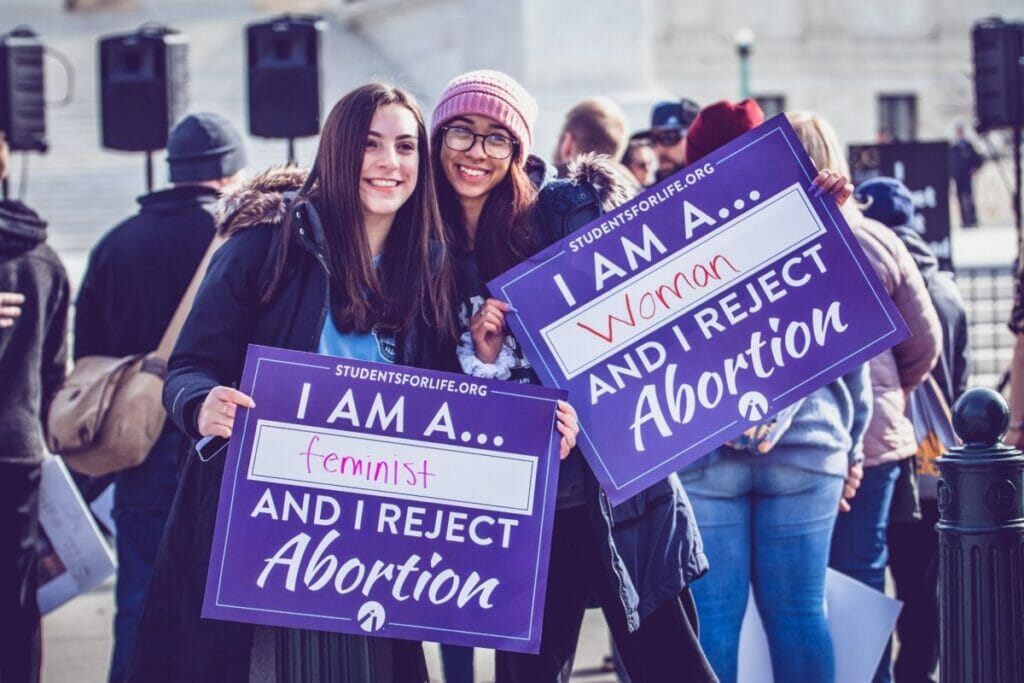
Early Feminists’ Opposition to Abortion
From the beginning of the feminist movement in 1848, leading women activists and writers—including Elizabeth Cady Stanton, Susan B. Anthony, and Elizabeth Blackwell, the first female doctor in the United States—worked for the successful ratification of the 19th Amendment in 1920, which recognized women’s right to vote. In the view of these early suffragists and pioneers of the women’s movement, too many wives and mothers had been treated like property, not given a voice in society, and prevented from achieving their potential by a system that did not recognize their full personhood.
What did the early feminists think about abortion? We do not have to guess.
Many explicitly talked about the subject of abortion and unequivocally condemned it.
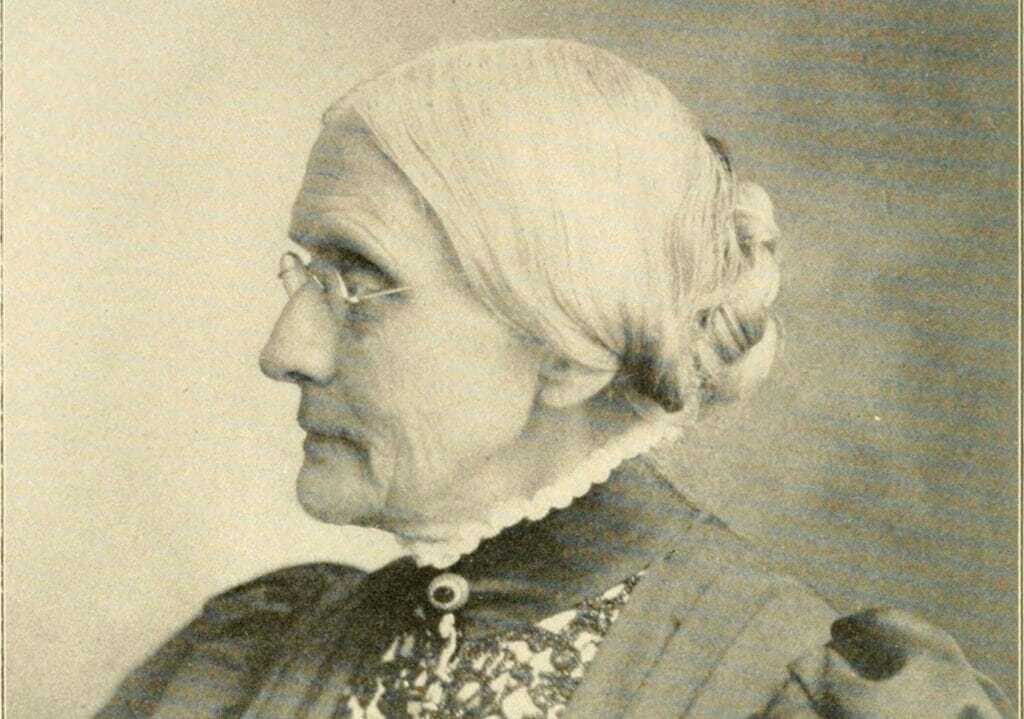
Stanton wrote, “When we consider that women have been treated as property, it is degrading to women that we should treat our children as property to be disposed of as we see fit.” In a 1868 issue of the feminist periodical The Revolution, Stanton called the “murder of children, either before or after birth” an “evil” which had become “frightfully prevalent.”
During this time, a woman known as Madame Restell became infamous for committing and advocating for elective abortion. Restellism became a euphemism for abortion. Susan B. Anthony and other early feminists condemned Restellism and worked to oppose abortion.
The facts leave no doubt: Feminism as it was initially conceived in the United States included opposition to abortion. This makes it all the more mysterious why, for the past five decades we’ve been told you cannot be a feminist without supporting abortion.
How Feminism Became Pro-Abortion
Many sincere feminists were duped. Women like Gloria Steinem, feminist icon and unofficial spokesperson of the movement for decades, tell compelling stories about how abortion made their lives possible. According to Steinem, when she underwent an illegal abortion, the abortionist told her, “You must promise me two things. First, you will not tell anyone my name. Second, you will do what you want to do with your life.” From this, Steinem saw her whole life as an activist and writer as dependent on the destruction of her preborn child.
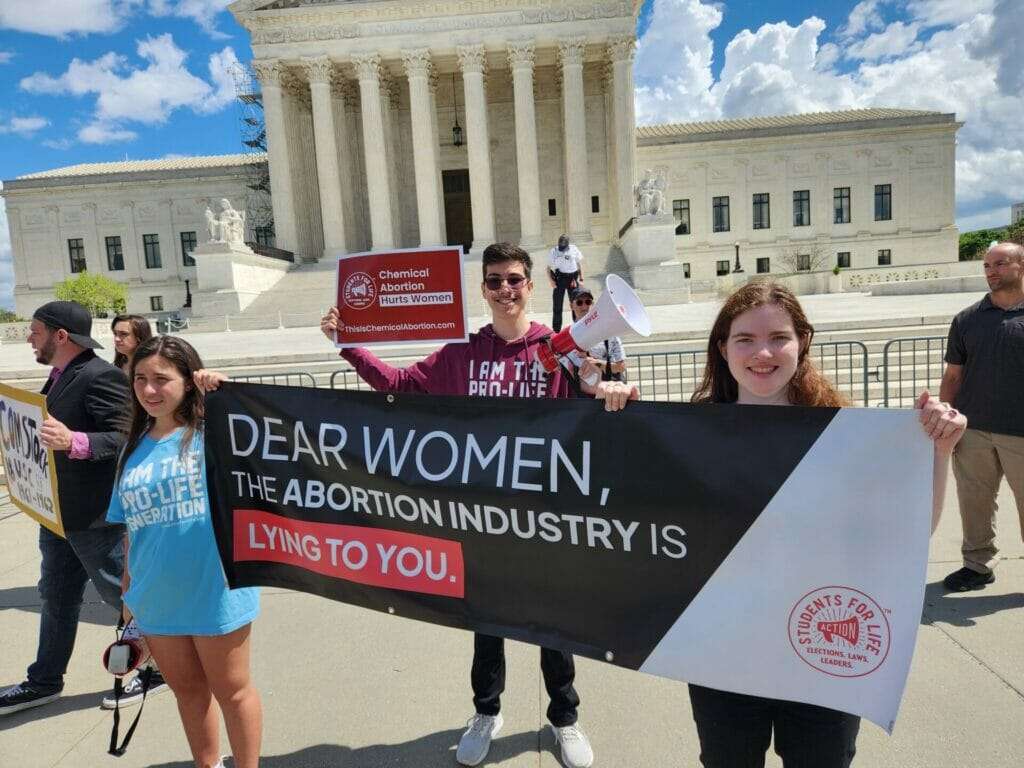
Following in her footsteps, women like actress Michelle Williams proclaim that they needed abortion to succeed. The stories told by Steinem and Williams are as grotesque as they are untrue. Women’s success does not depend on violently dismembering the child in her womb. The capacity of women to become mothers by carrying children in their womb is inherent to womanhood. A feminism that demands the destruction of a mother’s innocent children in order to achieve “equality” with men is a feminism that erases womanhood.
A Story of Money and Power
What happened in the space of 100 years that changed feminist leaders from stronger defenders of the preborn to women demanding the destruction of their own children as the means of their success? The short answer is money and power.
With the ascendency of Second Wave Feminism, opportunistic and unscrupulous men realized that if they wanted elective abortion to succeed, they needed feminist support. Bernard Nathanson, a doctor and abortionist, falsified statistics which not only contributed to the flawed Roe v. Wade decision but also convinced feminist leaders that abortion was necessary. Nathanson blatantly lied about the number of illegal abortion occurring each year, falsely claiming that thousands of women died each year from botched abortions. Because of his lies, we have been told for two generations the lies that mothers will kill their babies whether abortion is legal or not and legal abortion “protects” women (it does not).
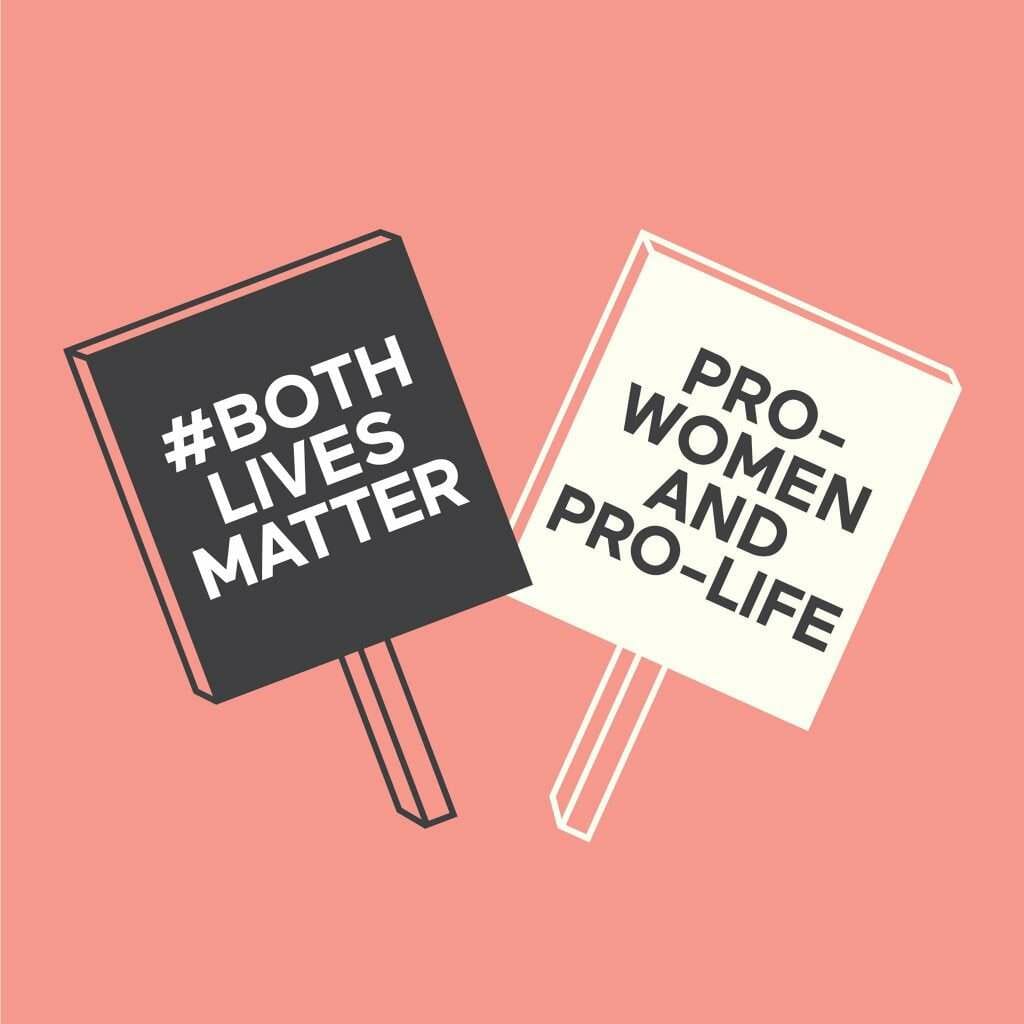
Along with Nathanson, Lawrence Lader founded NARAL and convinced one of the most famous feminists, Betty Friedan, to abandon her pro-life views in favor of abortion. Once feminist leaders signed onto elective abortion, feminism was held hostage by the abortion industry and feminists became some of the most vocal advocates for killing preborn babies.
What the history of feminism shows is that feminism can be separated from elective abortion. A new generation of pro-life leaders are unafraid to proclaim that being pro-life is pro-woman, and that the only coherent feminism is pro-life. For too long, the lucrative abortion industry has profited off of women’s unthinking acceptance of elective abortion. It’s time we realize who really gains money and power from the marriage of feminism and abortion.
Share this post
Recent Posts

National Celebrate Life Weekend Dominates D.C.: Just Look at the Coverage
01 Jul 2025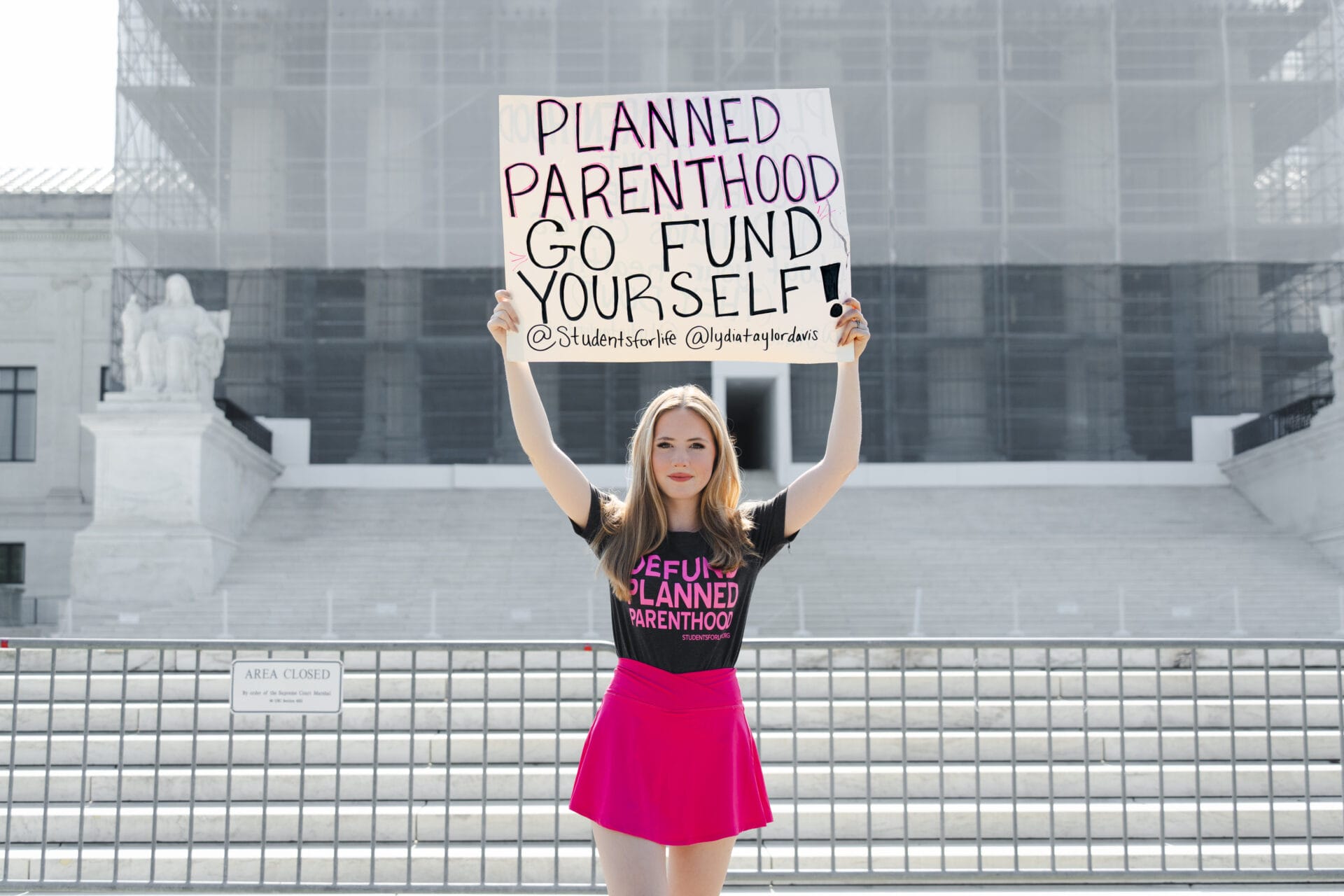
The Pro-Life Generation REACTS: “Big, Beautiful” Budget Bill Vote One Step Closer to Defunding Planned Parenthood & ALL Abortion Vendors
01 Jul 2025
News: FIVE Lawmakers Recognized for Defending Life
30 Jun 2025